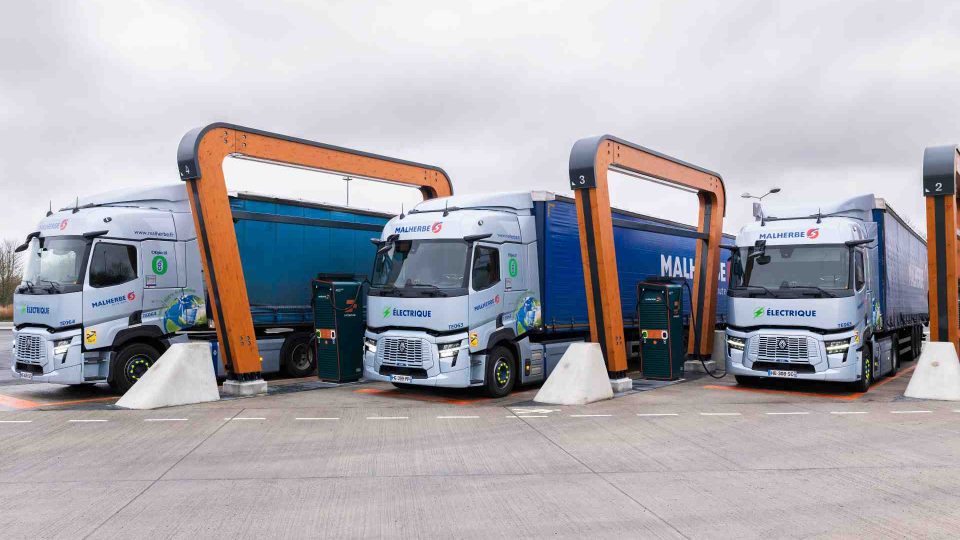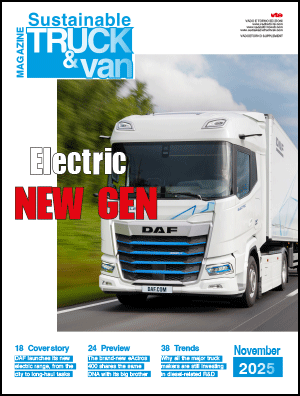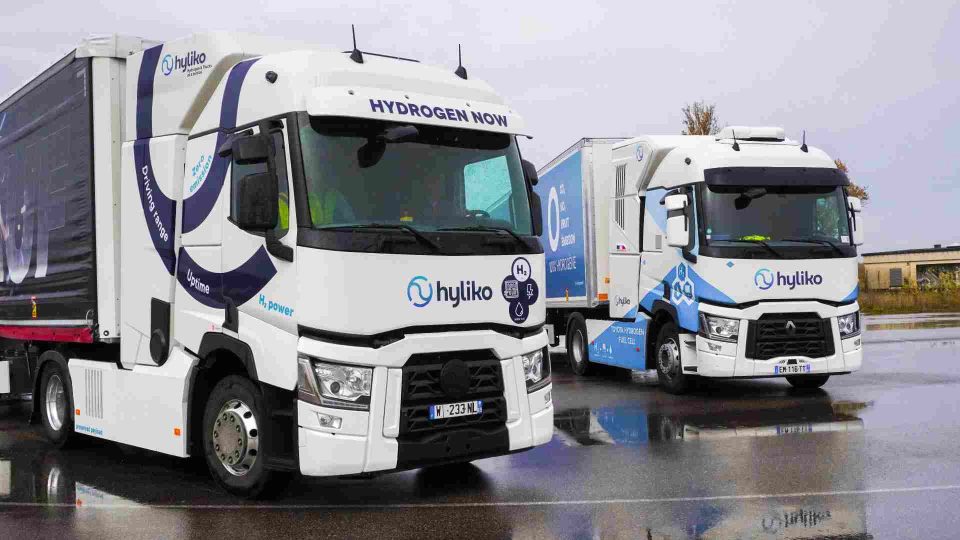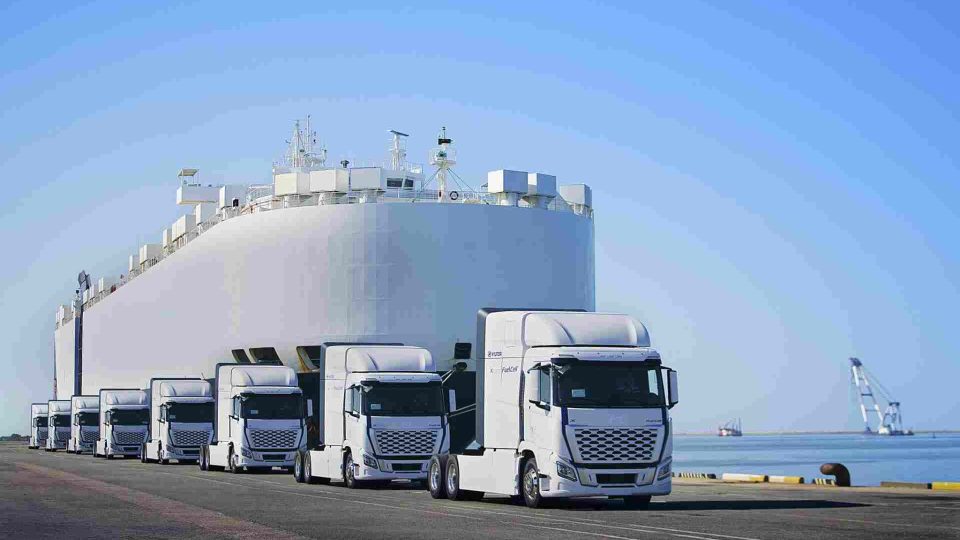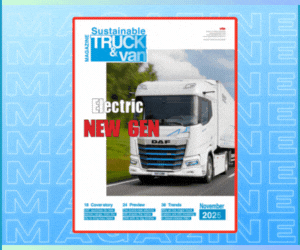The Mercedes-Benz GenH2 fuel cell truck spotted in Berlin
The truck was brought to Berlin as hydrogen refueling station operator H2 MOBILITY Deutschland announced a shareholder investment round of 110 million Euros. As one of the shareholders, Daimler Truck is also part of the additional invest.

The Mercedes-Benz GenH2 fuel cell truck was spotted in Berlin a few days ago. The truck, which is being developed by Daimler Truck with the aim to set series production by 2027, as underlined during a dedicated event last Autumn, has already obtained license for road use. The, since last year, the fuel-cell prototype is being run through its paces in an intensive testing program on the Daimler Truck test track as well as on public roads.
Mercedes-Benz GenH2 fuel cell truck
As part of a subsequent tour through the capital city, Daimler Truck aimed to demonstrate how far the company has already come in the development its hydrogen truck. The truck was brought to Berlin as hydrogen refueling station operator H2 MOBILITY Deutschland announced a shareholder investment round of 110 million Euros. As one of the shareholders, Daimler Truck is also part of the additional invest, the funds of which will be used for the existing network as well as new hydrogen refueling stations which are to be built across Germany.
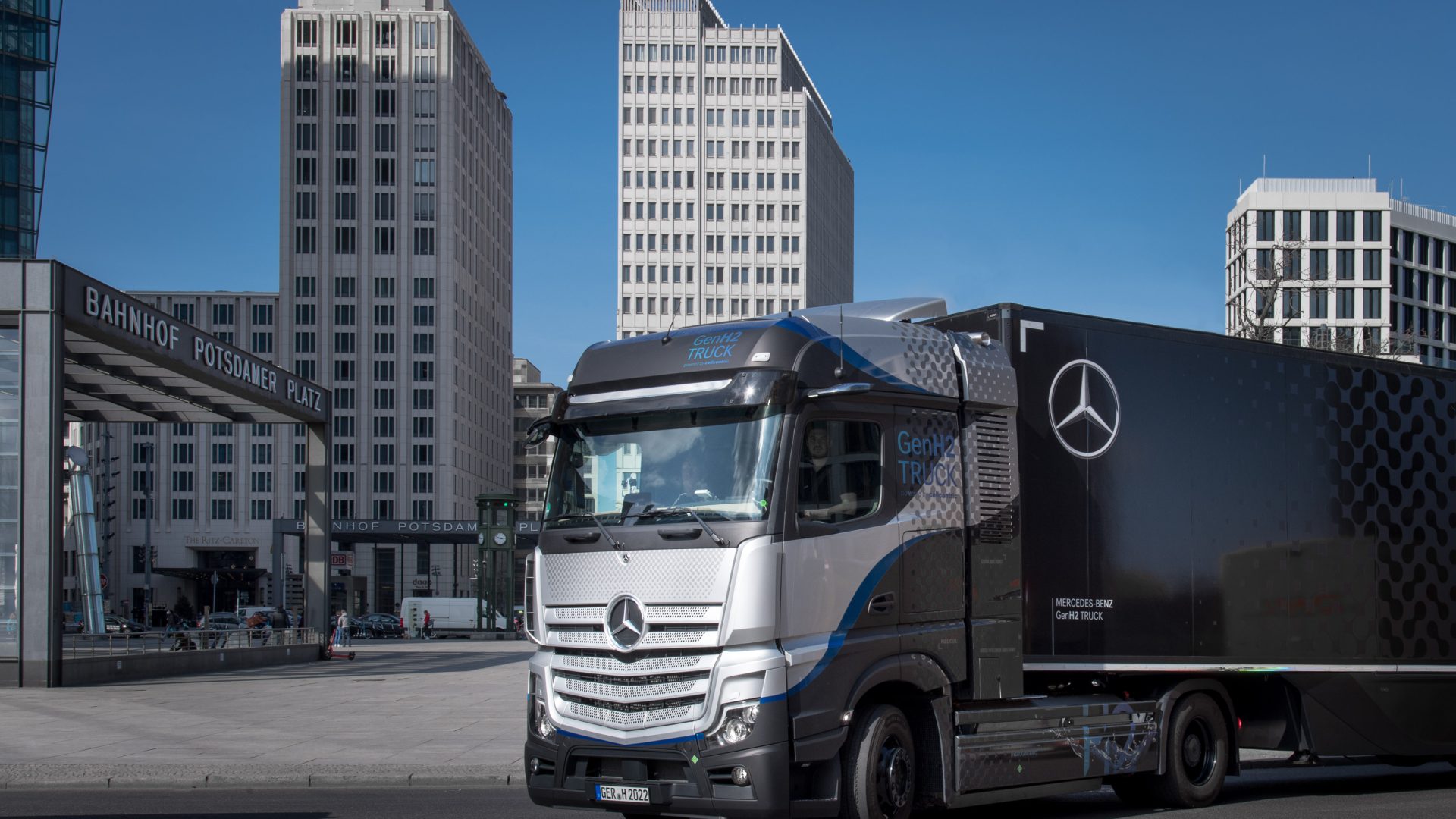
According to Daimler Truck, the GenH2 Truck was very popular among participants of the event. Visitors showed keen interest in the vehicle and some even took a few photos with it. Daimler Truck has the ambition to offer only new vehicles that are carbon-neutral in driving operation in its global core markets by 2039. To achieve this, the German group has clearly set its strategic course and is consistently pursuing a dual-track strategy in the electrification of its portfolio with both battery-electric and hydrogen-based drives.





